- Joined
- Feb 2, 2011
- Messages
- 2,150
NEW RELEASES FOR JANUARY 2022
THE ANCIENTS COLLECTION
ARMIES AND ENEMIES OF ANCIENT ROME
THE CARTHAGINIANS
Ancient Carthage was a Phoenician state founded in 814BC. The Carthaginian Empire was to extend over much of the coast of Northwest Africa as well as substantial parts of coastal Iberia and the islands of the western Mediterranean sea.
At its height, the city state served as a major hub of trade, which brought it into conflict with the Greeks in Sicily, and with the Roman Republic, which led to a series of conflicts known as the Punic Wars.
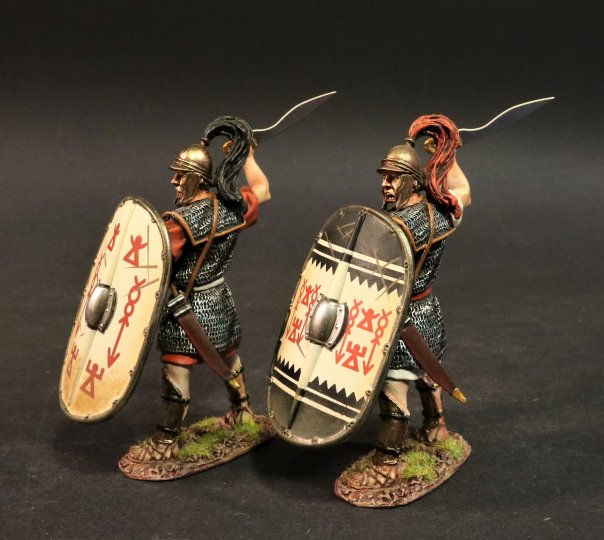
CTM-07
ARMIES AND ENEMIES OF ANCIENT ROME,
THE CARTHAGINIANS,
CARTHAGINIAN VETERAN INFANTRY.
(2 pcs)
ANCIENT GAULS
The Gauls were Celtic peoples inhabiting Gaul in the Iron Age and the Roman period (roughly from the 5th century BC to the 5th century AD).
The Gauls emerged around the 5th century BC as the bearers of the La Tène culture north of the Alps (spread across the lands between the Seine, Middle Rhine and upper Elbe). By the 4th century BC, they spread over much of what is now France, Belgium, Switzerland, Southern Germany, Austria and the Czech Republic by virtue of controlling the trade routes along the river systems of the Rhône, Seine, Rhine, and Danube, and they quickly expanded into Northern Italy, the Balkans, Transylvania and Galatia. Gaul was never united under a single ruler or government, but the Gallic tribes were capable of uniting their forces in large-scale military operations. They reached the peak of their power in the early 3rd century BC. The rising Roman Republic after the end of the First Punic War increasingly put pressure on the Gallic sphere of influence; the Battle of Telamon of 225 BC heralded a gradual decline of Gallic power over the 2nd century, until the eventual conquest of Gaul in the Gallic Wars of the 50s BC. After this, Gaul became a province of the Roman Empire, and the Gauls were culturally assimilated into a Gallo-Roman culture, losing their tribal identities by the end of the 1st century AD.
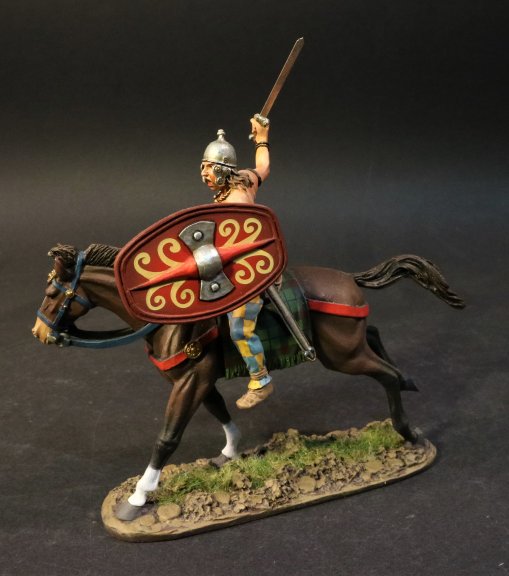
AERCAV-07A
ARMIES AND ENEMIES OF ANCIENT ROME,
ANCIENT GAULS,
GAUL CAVALRY,
(2 pcs)
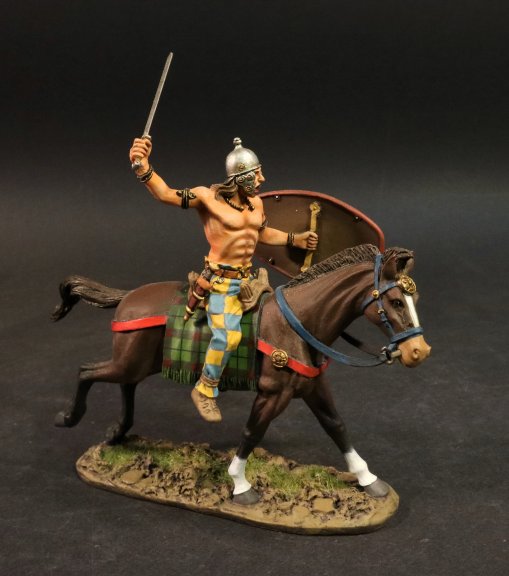
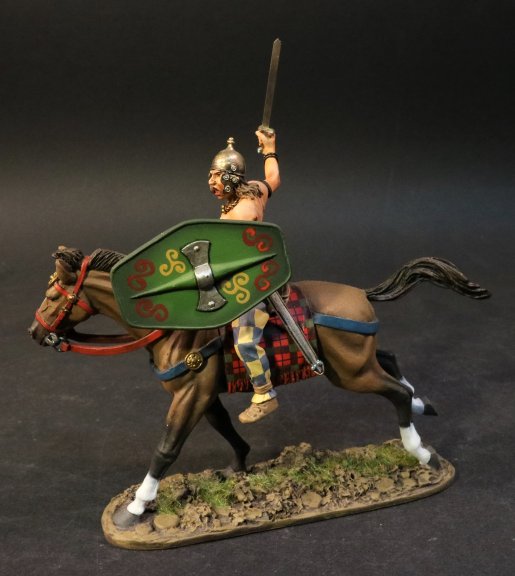
AERCAV-07B
ARMIES AND ENEMIES OF ANCIENT ROME,
ANCIENT GAULS,
GAUL CAVALRY,
(2 pcs)
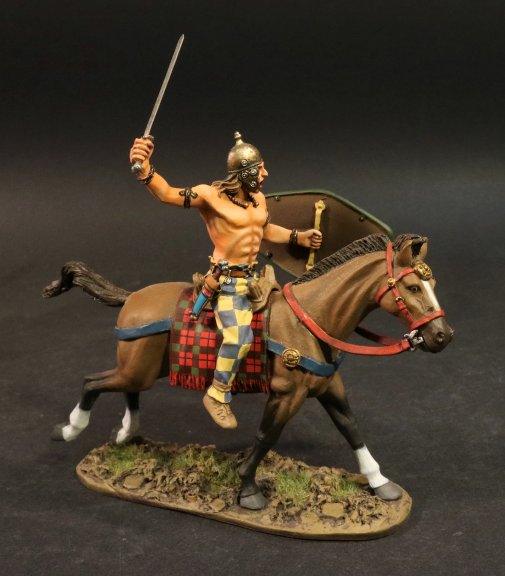
PLEASE CONTACT YOUR LOCAL DEALER FOR FURTHER INFORMATION
THE ANCIENTS COLLECTION
ARMIES AND ENEMIES OF ANCIENT ROME
THE CARTHAGINIANS
Ancient Carthage was a Phoenician state founded in 814BC. The Carthaginian Empire was to extend over much of the coast of Northwest Africa as well as substantial parts of coastal Iberia and the islands of the western Mediterranean sea.
At its height, the city state served as a major hub of trade, which brought it into conflict with the Greeks in Sicily, and with the Roman Republic, which led to a series of conflicts known as the Punic Wars.

CTM-07
ARMIES AND ENEMIES OF ANCIENT ROME,
THE CARTHAGINIANS,
CARTHAGINIAN VETERAN INFANTRY.
(2 pcs)
ANCIENT GAULS
The Gauls were Celtic peoples inhabiting Gaul in the Iron Age and the Roman period (roughly from the 5th century BC to the 5th century AD).
The Gauls emerged around the 5th century BC as the bearers of the La Tène culture north of the Alps (spread across the lands between the Seine, Middle Rhine and upper Elbe). By the 4th century BC, they spread over much of what is now France, Belgium, Switzerland, Southern Germany, Austria and the Czech Republic by virtue of controlling the trade routes along the river systems of the Rhône, Seine, Rhine, and Danube, and they quickly expanded into Northern Italy, the Balkans, Transylvania and Galatia. Gaul was never united under a single ruler or government, but the Gallic tribes were capable of uniting their forces in large-scale military operations. They reached the peak of their power in the early 3rd century BC. The rising Roman Republic after the end of the First Punic War increasingly put pressure on the Gallic sphere of influence; the Battle of Telamon of 225 BC heralded a gradual decline of Gallic power over the 2nd century, until the eventual conquest of Gaul in the Gallic Wars of the 50s BC. After this, Gaul became a province of the Roman Empire, and the Gauls were culturally assimilated into a Gallo-Roman culture, losing their tribal identities by the end of the 1st century AD.

AERCAV-07A
ARMIES AND ENEMIES OF ANCIENT ROME,
ANCIENT GAULS,
GAUL CAVALRY,
(2 pcs)


AERCAV-07B
ARMIES AND ENEMIES OF ANCIENT ROME,
ANCIENT GAULS,
GAUL CAVALRY,
(2 pcs)

PLEASE CONTACT YOUR LOCAL DEALER FOR FURTHER INFORMATION

